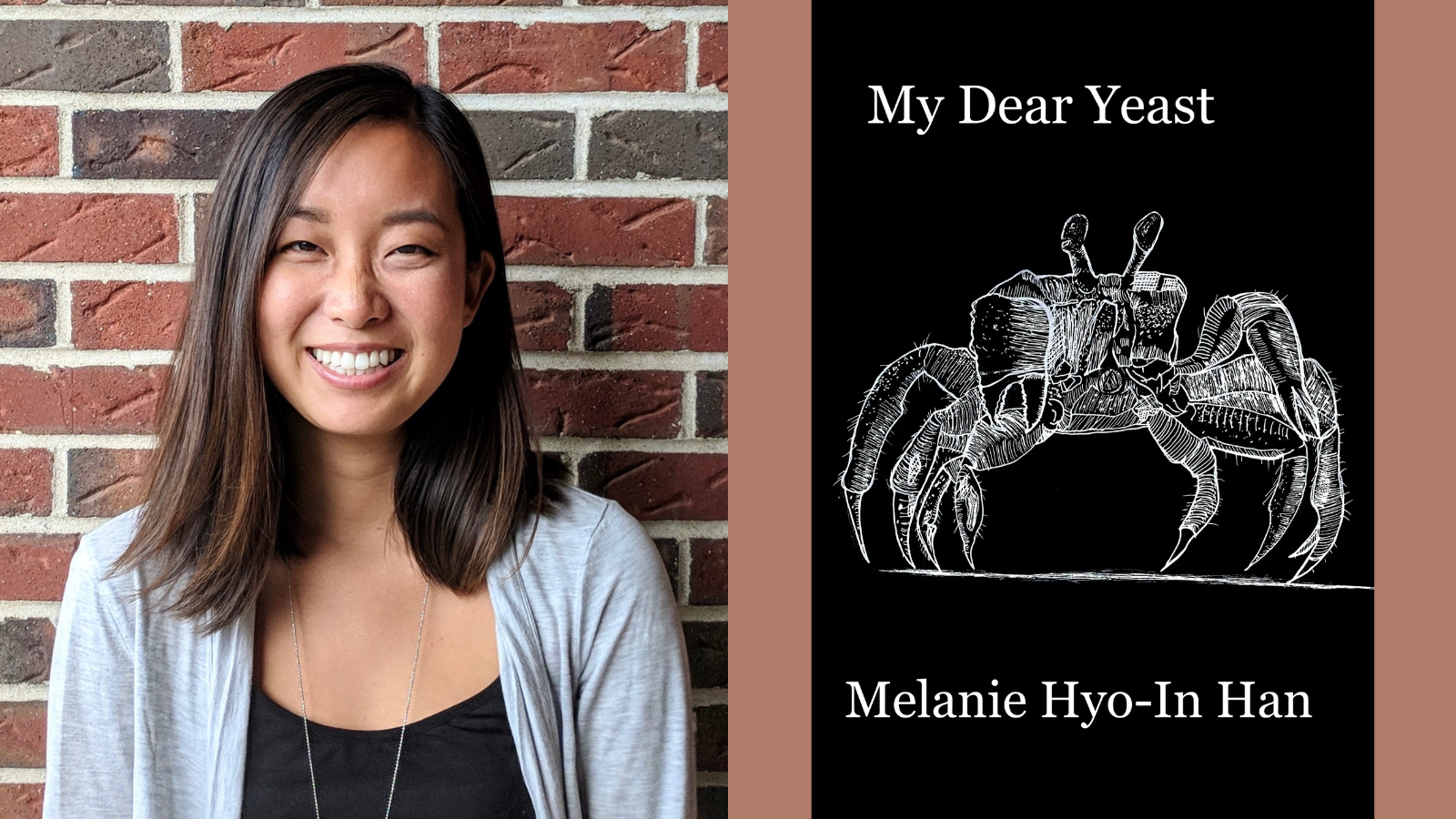There are not many occasions under which one finds themselves at a hospital that do not involve a degree of stress. Whether you are the patient or the one connected to them, something is on the line, even if whatever that something is might be merely routine. At a hospital, we cannot help but encounter the idea of how incredibly temporary we are, and sometimes when you are considering such things, you need a place to go that is set apart, for what you are experiencing is also set apart from your everyday existence. For these reasons, hospitals have dedicated spaces for family members and loved ones to contemplate—an idea I find intriguing.
In hospitals, people either experience some of the happiest events of their lives, or the most profoundly sad and soul-wrenching. Sometimes there is an experience of relief, such as in the case that a diagnosis might have been much better than expected, but no matter the scenario, when you walk into a hospital, it is because something dramatic is happening. I have encountered a number of scenarios where this is true—and know that I will in the future—whether that be myself as the patient or my loved ones as I sit helpless in the waiting room.
Whether we are deeply religious or claim no sense of the spiritual at all, being suddenly confronted with the transitory nature of existence moves us, especially if we find ourselves in a waiting room. The institutional furniture becomes too uncomfortable; physical and emotional exhaustion begin to take a toll; we become anxious and squirmy. It is here that we find ourselves wandering through the halls of the hospital, visiting the gift shop or the snack counter to pass the time, and perhaps, then as we are searching for the bathroom like a lost child in an adult-sized maze, we stumble upon the interfaith chapel.
[Read “It’s All a Bit Absurd“]
Stayin’ Alive
That is the place I found myself in last month, and not for the first time. My wife was having a routine yet somewhat invasive procedure performed, but any time the body is opened up, there exists a certain degree of risk. We all know this but usually pay it no mind until we suddenly cannot concentrate on the book we are reading and the daytime game show on the waiting room television seems especially vacuous. It is here that the inevitable thought enters our mind—our loved one could die.
That day, I went down to the snack counter and had a cappuccino and a cream cheese Danish, a luxury I do not afford myself often. Afterward, I wandered down to use the bathroom where, while being otherwise occupied, my wife’s phone (that I was keeping in my backpack while she was in surgery) rang. Amusingly, the ringtone was set to the tune of “Stayin’ Alive” by the Bee Gees, and as I could not reach the backpack, there was no choice but to let it play. It made me somehow feel even more helpless, the confident song echoing through the empty bathroom and my inability to stop it. Thankfully, the person did not call twice.
After leaving the bathroom, I meandered down a rather long hallway and found the chapel. The last time I found myself in such a place, a former student of mine had been in a horrific automobile accident and was in a coma. I went to the hospital to sit with my students who were his friends. I think I was moved by their presence more than they were by mine, but I found it necessary (between my attempts at small talk and dad jokes meant to lighten the mood) to visit the hospital chapel. It was dark with blue-stained glass on the wall at the front end of the room. The silhouettes of plants and ornamental trees could be seen on the other side of the glass. Above all, it was peaceful and quiet. I sat on a bench and stared at the floor, asking why on earth any of this was happening.
This particular chapel, the one in the hospital where my wife was having surgery, was similar to most, though it was interior and had no natural lighting. Wooden pews, a small altar, a large opened Bible, a place to light candles, and a spiral notebook on which to write prayers. The amount of pages folded back indicated there had been many entries. I wondered how many personal stories were therein contained; people talking to God, likely asking for some intercession or at least comfort and peace in the midst of their dark night.
[Read “Love Originates in Shared Suffering and Pity“]
Ascension
The morning we checked in for my wife’s surgery, I noticed on the elevator panel the fourth floor had the words “Healing Garden” written next to it. I asked the desk attendant on the surgery floor what the Healing Garden was. She patiently replied that it was a place for quiet reflection, very comfortable and peaceful. After visiting the chapel I walked back through the spacious atrium filled with morning light, approached the elevator bank and ascended to the fourth floor.
I do not know the dimensions of the Healing Garden, but I was struck by its expansiveness when I opened the glass door that served as its entrance; as a guess, 50 yards in length, 20 yards in width. Easily measurable, however, was the height above the floor of the Healing Garden—four stories of empty space. This was remarkable to me; that a place such as a hospital would dedicate such “real estate” to helping aid an aesthetic when the same space could have been utilized as office, storage, or hospital rooms.
At the end of the room stood a bank of windows, also four stories tall, that overlooked the Houston skyline. The first six feet or so of the windows had a faded frost that dissipated as it rose so it seemed the cityscape emerged from mist. Such a breadth of windows provided an incredible degree of light, the warm morning sun illuminating the room. It all gave a feeling of being slightly removed, that one’s mind might find this place above the noise and hustle of daily life—a bit set outside of time.
The carpet was a swirling cacophony of soft greys, as was the comfortable furniture consisting of cushy couches and chairs, tall tables, and shorter stands, equally as clean and smooth. And finally, at the front of the room, stood a six-foot work of modern art where water moved in rivulets down a pane of glass into a basin of river rocks.
When I heard the name “Healing Garden,” I was hoping for a lush, indoor nursery filled with plants and perhaps a stream running throughout, yet the space still offered the same atmosphere of peace and tranquility that I was hoping it would provide, a perfect place for reflection. Though not consecrated as a chapel, I wondered if this Healing Garden could not be considered a sacred space? What more is a sacred space than a place where the conditions are conducive to grapple with issues related to the complexities, contradictions, and difficulties of existence? And if this secularly associated sacred space existed here, why not elsewhere in our daily lives?
[Read “Alone in One of Nature’s Threshold Places“]
In Everyday Life
Our lives are fraught with existential concerns. We often do a good job of placing them in the back of our mind, for how else would we make it through the day? But on occasion, there are events that occur which peel back the shiny veneer of our lives and we encounter a truth less easily accessed. These moments can be mild, but oftentimes they shake us to our core. As I mentioned before, we often grapple with concerns related to the existential issue of life and death at a hospital. How convenient that an institution such as that offers sacred spaces in which to be thoughtful, to feel, to fall apart, to re-energize, to be comforted, or cry out in anguish! Sacred places do not have to be reserved for such dramatic moments, but they often are.
Yet hospitals are not the only time we need spaces for reflection. Perhaps we have wronged someone and we need time and space to work on self-forgiveness. Or someone has hurt us and we need a little time and space to center ourselves so that we do not hurt them in return. Or maybe the day is simply overwhelming for the many reasons modern life causes; the frenetic pace, the constant obligations, the expectations employment brings. Perhaps ten minutes to clear the mind would be beneficial. What is more sacred than maintaining the mental health of ourselves so that we might be able to better cohabitate with others?
As in hospitals, I believe it would be beneficial to have these types of sacred spaces incorporated into other areas of our lives. Perhaps the closest thing we have are city parks, parcels of land set aside and manicured to evoke a sense of beauty and nature. These can be healing places. Yet in our places of work, our schools, shopping centers, even our own homes, we lack these spaces.
[Read “Funerals Are Vital Spaces for Emotional Learning“]
A Plea for Sacred Spaces
There are only two occasions I can think of in my experience where I have encountered these types of nourishing spaces. One is in the Houston International Airport (IAH). It may be very much the same in other airports, but in each terminal of IAH there exists an interfaith chapel. I entered one once out of curiosity. It was a small, dimly lit room with a few wooden benches, an altar, and then many implements that persons of various faiths would find familiar; a Torah, a Bible, the Vedas, the Koran, prayer rugs, meditation cushions, and, since the room was interior, a sign on one wall that indicated the cardinal direction of East.
The other was the college I attended many years ago, Abilene Christian University. Perhaps it is easier to get away with creating dedicated spaces for meditation at a religiously-affiliated school, but in the business and biblical studies buildings, there were dedicated spaces for this. I specifically remember the business building having one because I once had a need for it. I worked on the campus grounds crew to help pay for college. I was a non-traditional student. I had a young family; times were tough. One day when I became overwhelmed by the particular circumstances of my life, covered in the smell of gasoline and cut grass, I drove my riding mower to the business building and entered that which always filled me with curiosity.
I immediately felt I was in a set-apart space. It was dimly lit, though diffused natural light came through narrow windows. There was a small waterfall providing peaceful ambient sound, ivy plants that ran along a walkway, and then once fully inside, a winding hallway off of which were a number of small rooms big enough for just two or three people. Inside each was a chair and a desk, or a small wooden bench, or a pillow for kneeling upon. No matter the seating provided, each had a journal-like book and pens available so that people could write their concerns if they so wished. There was also a number a person could call if they wished to request counseling or, if the situation demanded, the suicide hotline.
I understand the concern places of business and schools might have if they incorporated spaces such as this into their buildings. One might be cost. If time is money, so is space, and a place such as I am describing would take up part of a building that could otherwise be used for something else. But other concerns lean more towards usage. What kind of oversight might be necessary? Would it be abused? Should it be monitored to dissuade something truly unfortunate happening? And if something horrible did happen, a suicide or an abuse of some kind, would the institution be vulnerable to litigation? These are important questions to ask, but they are not so big that they cannot be overcome.
Too often societal expectations demand we deal with our existential concerns related to life, death, and relationships off the clock. How much more expansive, compassionate, and productive would our communities be if we were able to incorporate these types of sacred spaces into the areas we commonly find ourselves in? Whether that be a chapel or simply a quiet place for meditation, the simple elements of soft light, organic features such as wooden furniture, plants, or running water, and a set-apart space could greatly increase our emotional state. And when not in need of a quiet space, we would know who perhaps is, and if they were open to it, this would allow us to serve as a caregiver, to walk through their hurt with them, which in turn equally heals us as well.
I would like to think the Healing Garden gave me peace the day of my wife’s surgery. Truthfully, I was quite distracted, but the provided space in which to be distracted was welcome. I journaled a bit, scrolled through my various social media apps, stared out across the hazy Houston skyline, then picked up the pen to begin the cycle again. Finally, my phone buzzed with news from the surgery center—the text I had been waiting for. I exhaled deeply, picked up my backpack and left the morning sun behind me to warm the garden for whomever might come along next.

Derek teaches philosophy at the high school level where he focuses on, among other things, philosophy of religion. He is a contributing editor for Erraticus, holds a bachelor’s in English and History, and a master’s in educational administration.







Leave a Reply